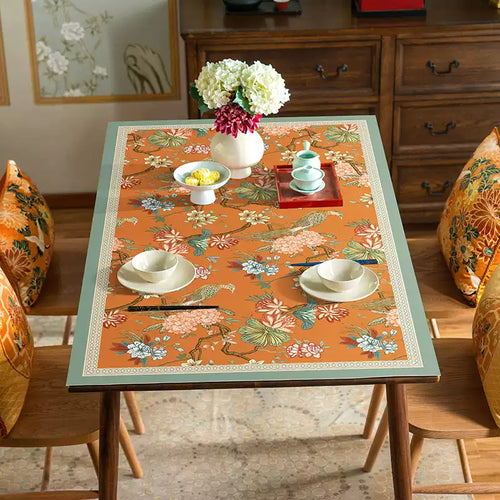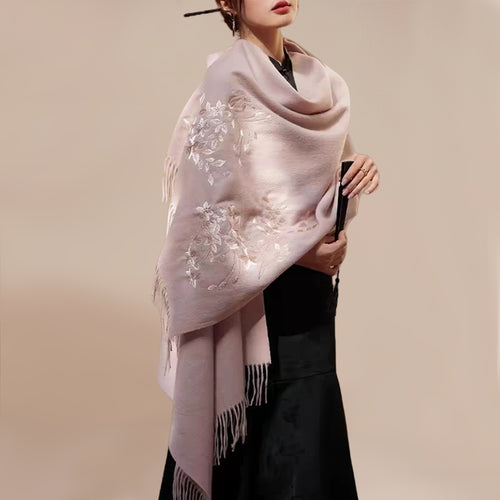Brocade, a multi-colored silk fabric woven with two or more colored silk threads (now known as satin weave), is renowned for its substantial texture and vibrant beauty within the realm of silk. In the Tang Dynasty, brocade achieved artistic distinction with the differentiation between "warp brocade" and "weft brocade."
Warp Brocade adhered to traditional techniques dating back to the Han and Wei dynasties. It employed a method where two or three layers of warp threads sandwiched the weft, forming a warp-striped structure. This technique, known for its intricacy, had been a hallmark of weaving since ancient times.
Weft Brocade, on the other hand, emerged in the Tang Dynasty and absorbed textile technology from the West. This innovation, likely introduced around the reign of Empress Wu Zetian, utilized multiple and colorful weft threads to create patterns. Although the weaving machinery was complex, it offered convenient operation, allowing for the easy interchange of weft threads. As a result, Weft Brocade could produce more intricate patterns and wider fabrics compared to Warp Brocade. Furthermore, it showcased the luster of silk threads, enhancing the flexibility and diversity of patterns in Tang Dynasty silk with rich and colorful hues, accentuated by the beautiful sheen of silk threads.


In essence, Tang Dynasty brocade became a symphony of colorful elegance, weaving together tradition and innovation to create silk fabrics that were not only visually stunning but also reflected the mastery of intricate weaving techniques.



















































